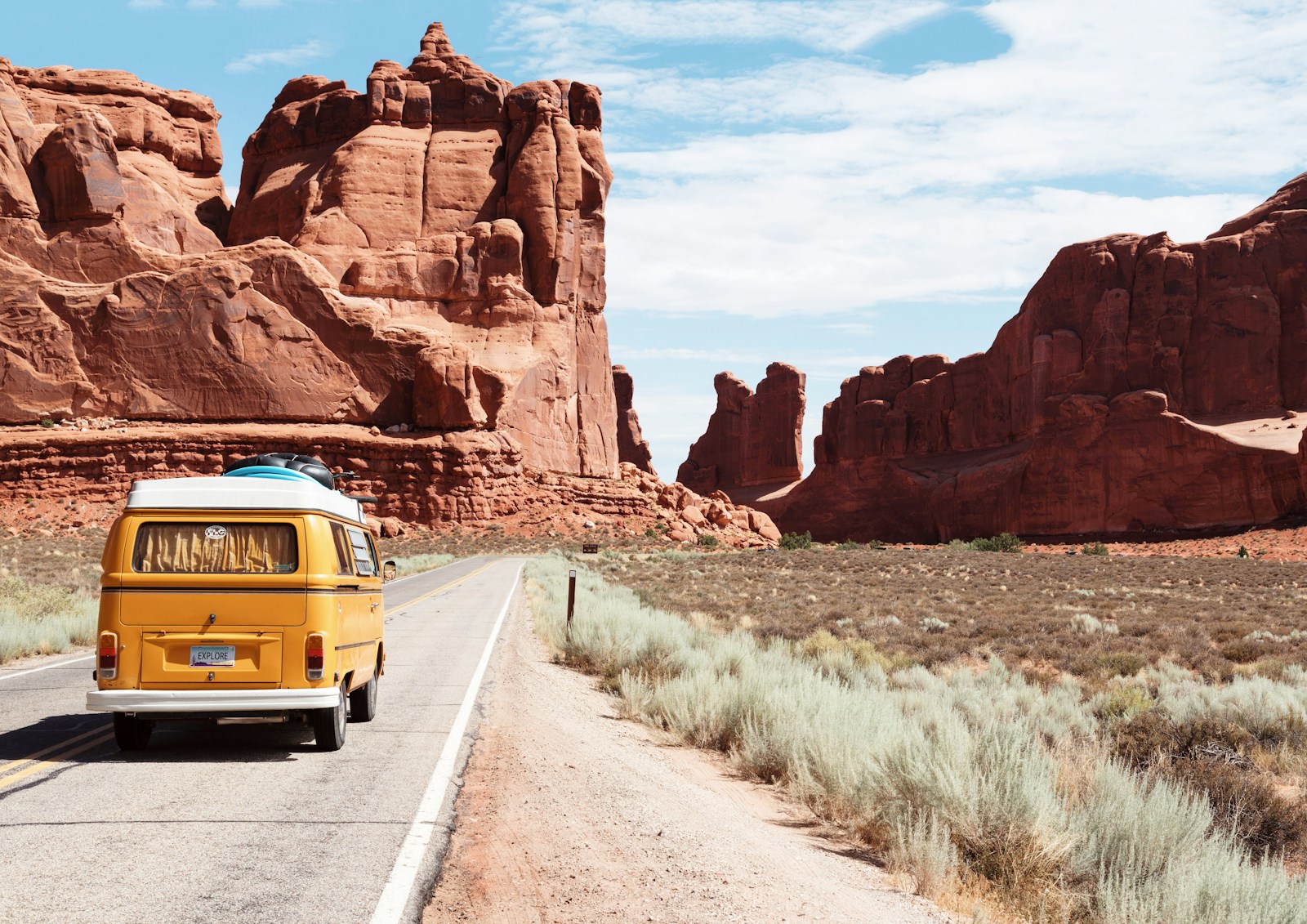Desert landscapes offer some of the most stunning and otherworldly vistas on our planet. From the sweeping sand dunes of Death Valley to the sculptural rock formations of Joshua Tree, these parks showcase nature’s artistry at its most dramatic. However, the extreme heat that defines these environments poses serious health risks to unprepared visitors. Desert temperatures can soar well above 110°F (43°C) in summer months, turning an adventure into a dangerous situation within minutes. This comprehensive guide will equip you with essential knowledge and strategies to safely explore these magnificent desert parks while keeping your cool—literally and figuratively.
Understanding Desert Heat Dynamics
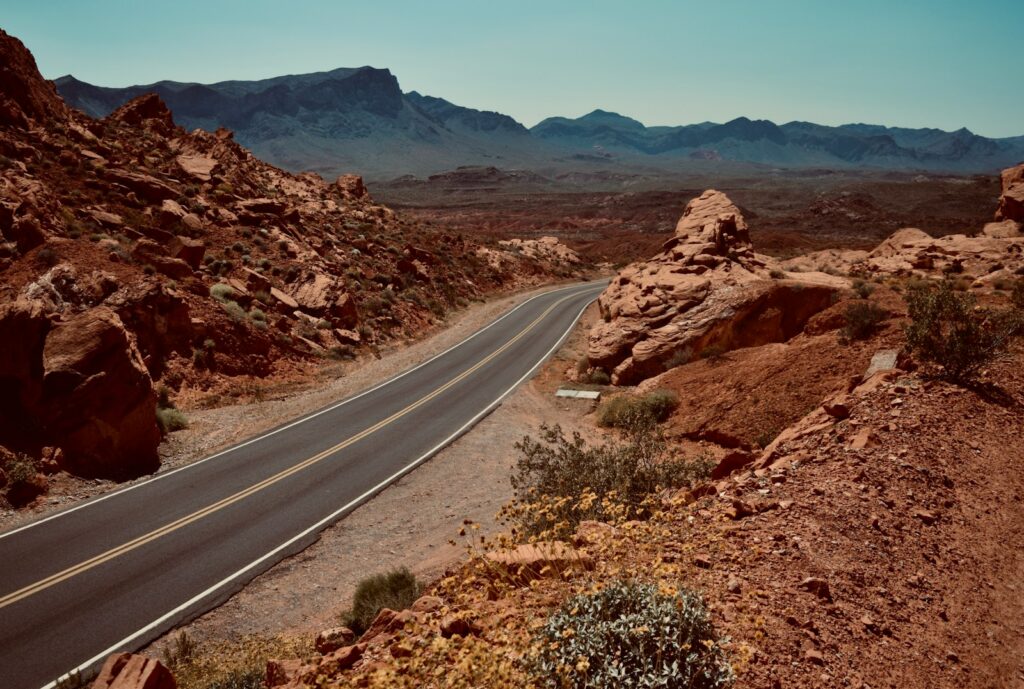
Desert environments function under unique climate conditions that visitors must understand before venturing out. Unlike humid environments where perspiration evaporates slowly, deserts feature extremely low humidity that causes sweat to evaporate almost instantly—sometimes creating a dangerous false sense of comfort. The intense solar radiation in deserts doesn’t just heat the air but also radiates upward from the ground, effectively surrounding you with heat from all directions. Temperature fluctuations between day and night can exceed 30 degrees, creating additional challenges for extended stays. Most importantly, many desert visitors underestimate how quickly the body can become dehydrated in these conditions, where you might lose up to two liters of water per hour during strenuous activity without even realizing it.
Timing Your Desert Adventure Strategically
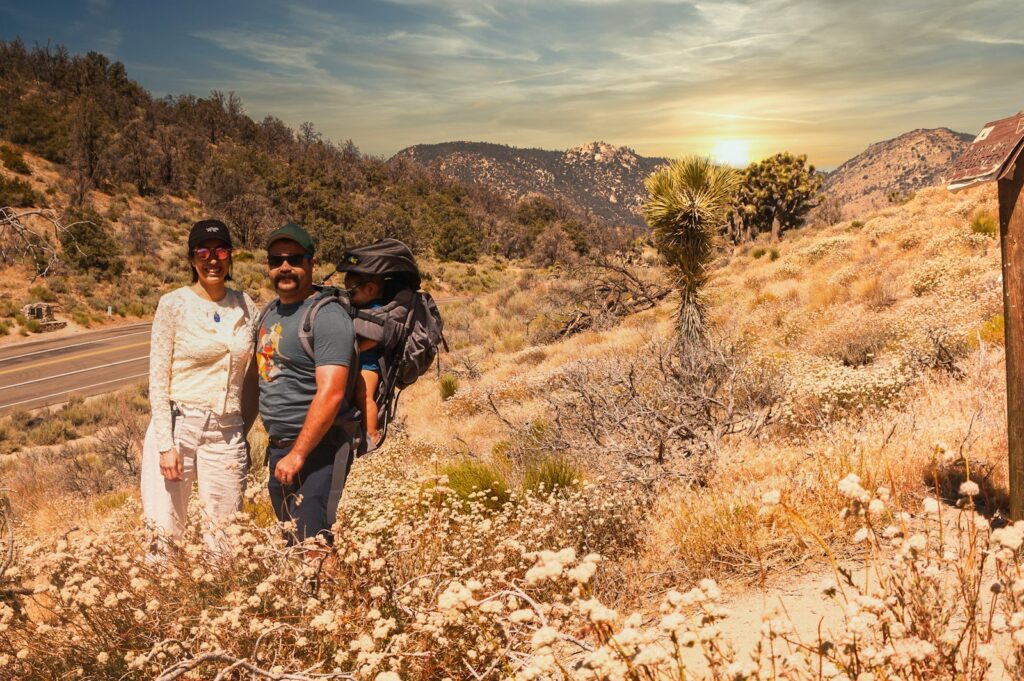
The timing of your desert park visit can make the difference between a memorable adventure and a miserable ordeal. The optimal seasons for most North American desert parks are late fall through early spring (October to April), when daytime temperatures typically range from 65°F to 85°F (18°C to 29°C). If summer visits are unavoidable due to scheduling constraints, restrict your outdoor activities to the early morning hours between 5:00 AM and 9:00 AM when temperatures are at their lowest. Many experienced desert hikers adopt the “siesta approach,” exploring for a few hours at dawn, retreating to air-conditioned accommodations during midday, and returning to the park for sunset exploration after 5:00 PM. Be aware that popular destinations like Arches National Park have implemented timed entry systems during peak seasons specifically to discourage visitors during the most dangerous heat of the day.
Hydration Science for Desert Conditions
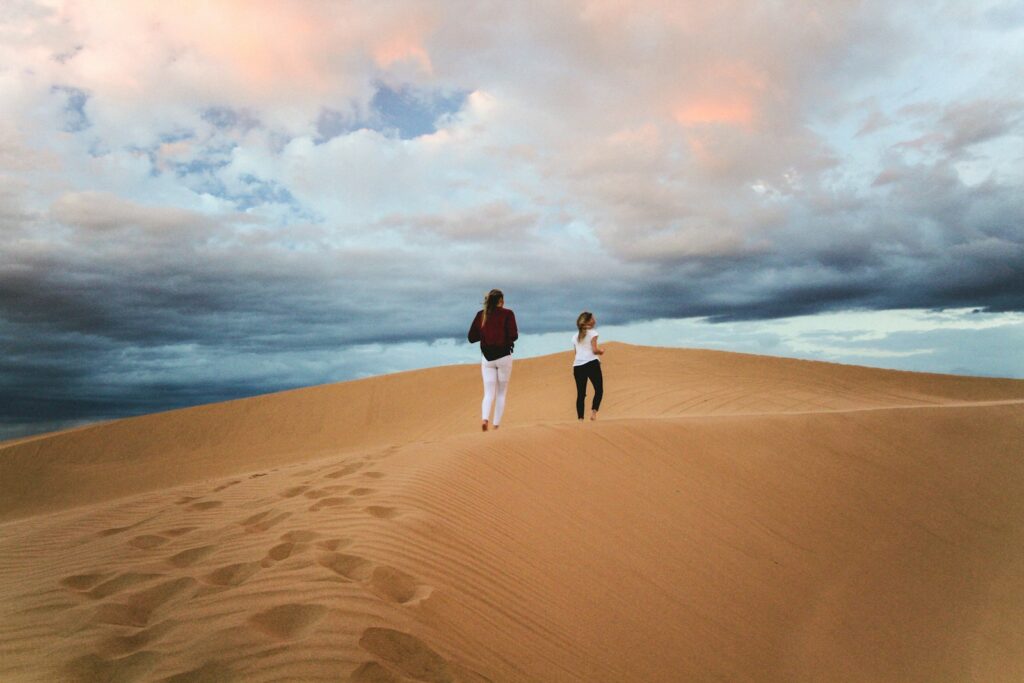
Proper hydration in desert environments requires more strategic planning than simply drinking when thirsty. The general guideline for desert hiking is to consume at least one liter of water per hour of moderate activity—significantly more than in temperate climates. Your body needs both water and electrolytes to function properly, making sports drinks with sodium and potassium valuable companions to plain water. Develop the habit of “pre-hydrating” by drinking 16-20 ounces of water before starting any desert activity, as this creates a hydration buffer. While carrying sufficient water is essential, also plan your route around reliable water sources or caches if exploring remotely. Remember that thirst is actually a lagging indicator of dehydration—by the time you feel thirsty, you’re already experiencing the early stages of dehydration and cognitive function may be impaired.
Desert-Appropriate Clothing Choices
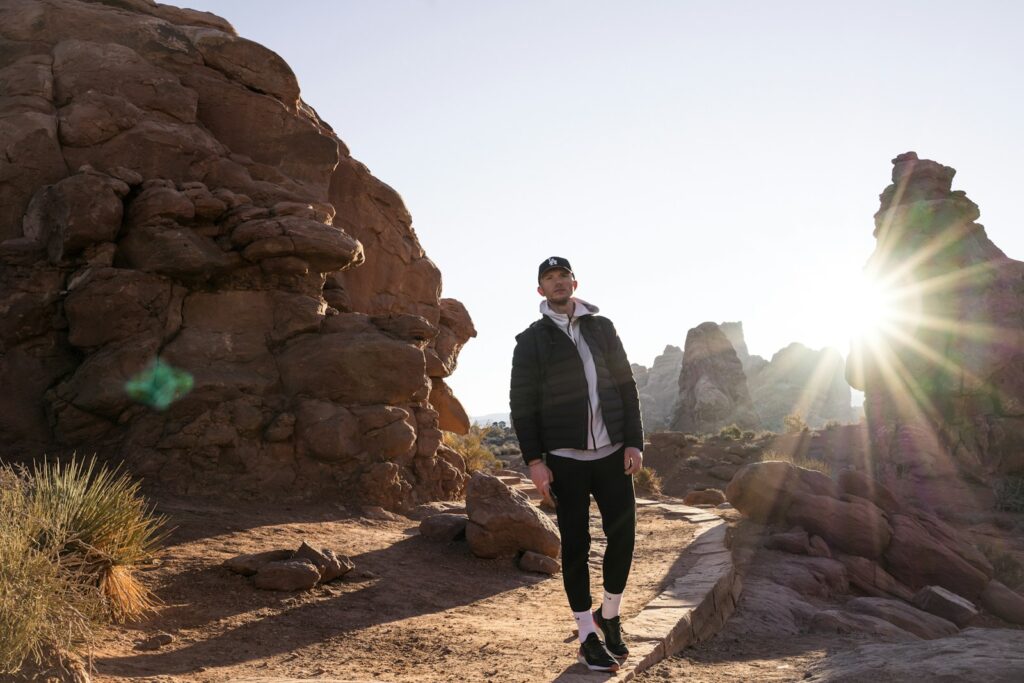
Counter to what might seem intuitive, proper desert attire involves covering more skin, not less. Lightweight, loose-fitting clothing in light colors provides protection from intense UV radiation while allowing air circulation that helps cool the body. Long-sleeved shirts and pants made from technical fabrics with UPF (Ultraviolet Protection Factor) ratings of 30+ offer superior protection compared to sunscreen alone. Traditional desert cultures have relied on head coverings for millennia, and modern desert adventurers should follow suit with wide-brimmed hats that shade both the face and neck. Consider adopting the desert bandana technique: soaking a light-colored bandana in water and draping it around your neck creates a portable cooling system as the water evaporates. For footwear, closed-toe hiking shoes with breathable mesh panels strike the optimal balance between protection and ventilation.
Advanced Cooling Techniques and Technology
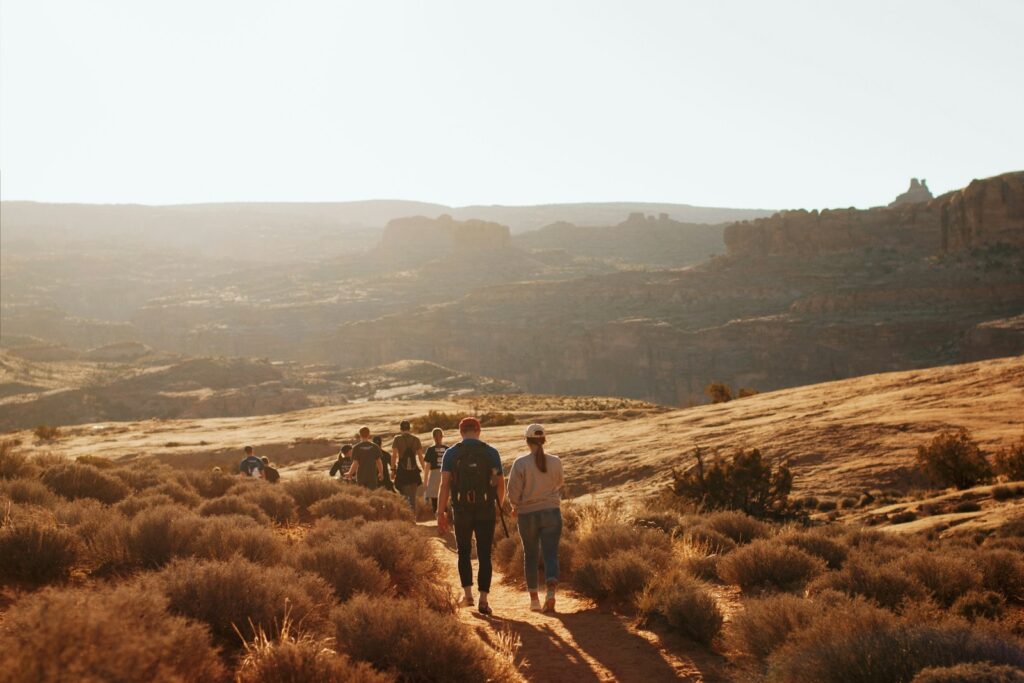
Modern outdoor enthusiasts have access to specialized cooling technologies that can dramatically improve comfort and safety in extreme heat. Cooling neck gaiters containing special polymers can maintain a refreshing temperature for hours when activated with water. Portable misting fans powered by rechargeable batteries can reduce your surrounding air temperature by several degrees. Some hikers utilize cooling vests containing phase-change materials that maintain comfortable temperatures much longer than simple ice packs. The “desert shower” technique—pouring a small amount of water over your hat or clothing at regular intervals—leverages evaporative cooling principles effectively. For overnight desert campers, specialized cooling sleeping bags and heat-reflective tent rainflies can make the difference between restful sleep and uncomfortable tossing and turning through hot desert nights.
Recognizing and Responding to Heat-Related Illness
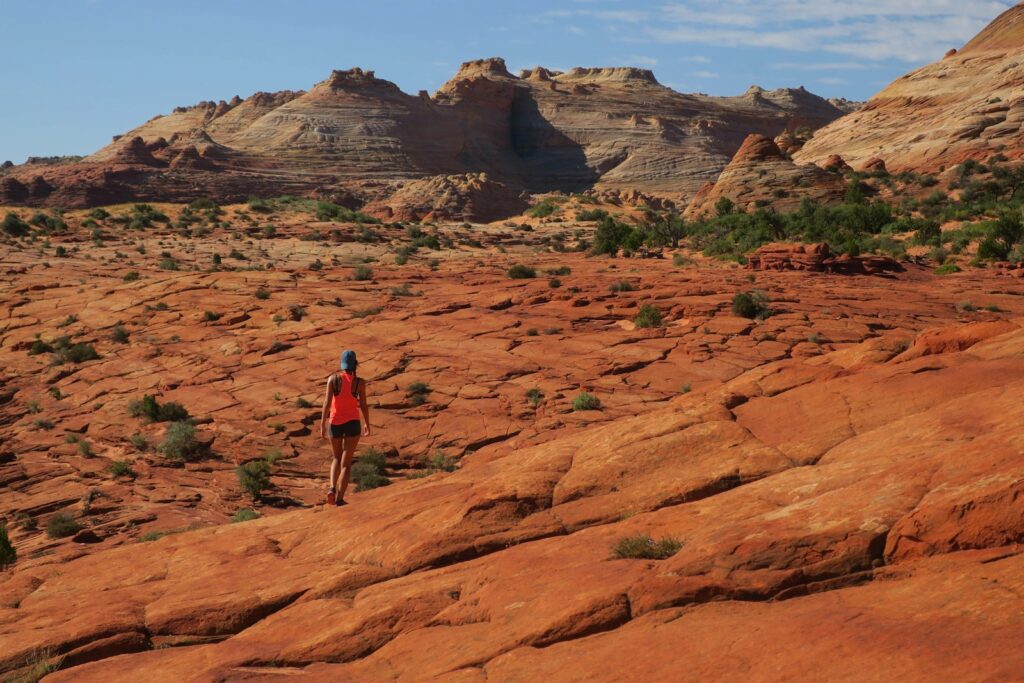
The progression of heat-related illnesses follows a predictable pattern that all desert visitors should be able to recognize. Heat exhaustion presents with symptoms including heavy sweating, weakness, cold and clammy skin, nausea, and headache—all signals that the body’s cooling mechanisms are becoming overwhelmed. If left untreated, heat exhaustion can rapidly progress to heat stroke, a life-threatening emergency characterized by confusion, slurred speech, body temperature above 103°F (39.4°C), and often the cessation of sweating despite extreme heat. The critical window for intervention between heat exhaustion and heat stroke may be as short as 30 minutes in severe desert conditions. All hiking groups should establish a system of regularly checking on each member for symptoms and establish clear protocols for what actions to take if someone begins showing signs of heat illness.
Strategic Route Planning for Desert Safety
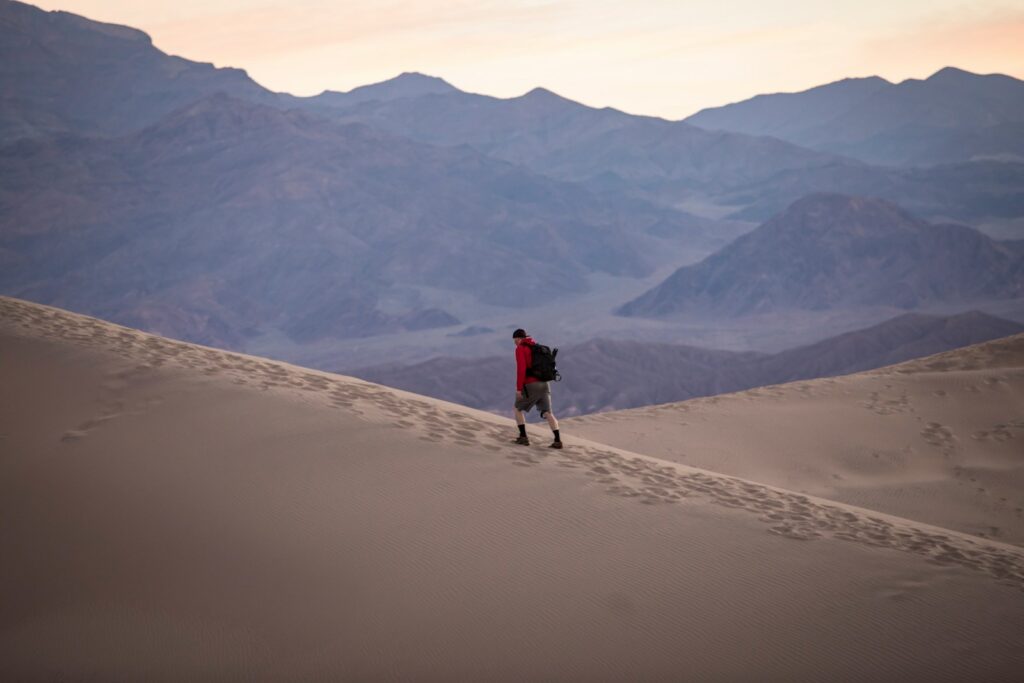
Thoughtful route planning can dramatically reduce your heat exposure while maximizing the desert experience. When designing your itinerary, prioritize trails that offer intermittent shade from rock formations, canyon walls, or the rare desert tree. Many desert parks have developed “heat smart” trail recommendations that direct visitors to naturally cooler areas like slot canyons or north-facing slopes during hot months. Calculate your anticipated pace conservatively, allowing for the fact that most hikers move 20-30% slower in extreme heat than in moderate conditions. Build flexibility into your schedule with multiple “bail-out” options where you can cut routes short if conditions prove more challenging than expected. For longer adventures, consider the “hub and spoke” approach—establishing a base camp in a shaded or developed area and taking shorter excursions from this central location rather than committing to lengthy point-to-point routes.
Essential Desert Safety Gear
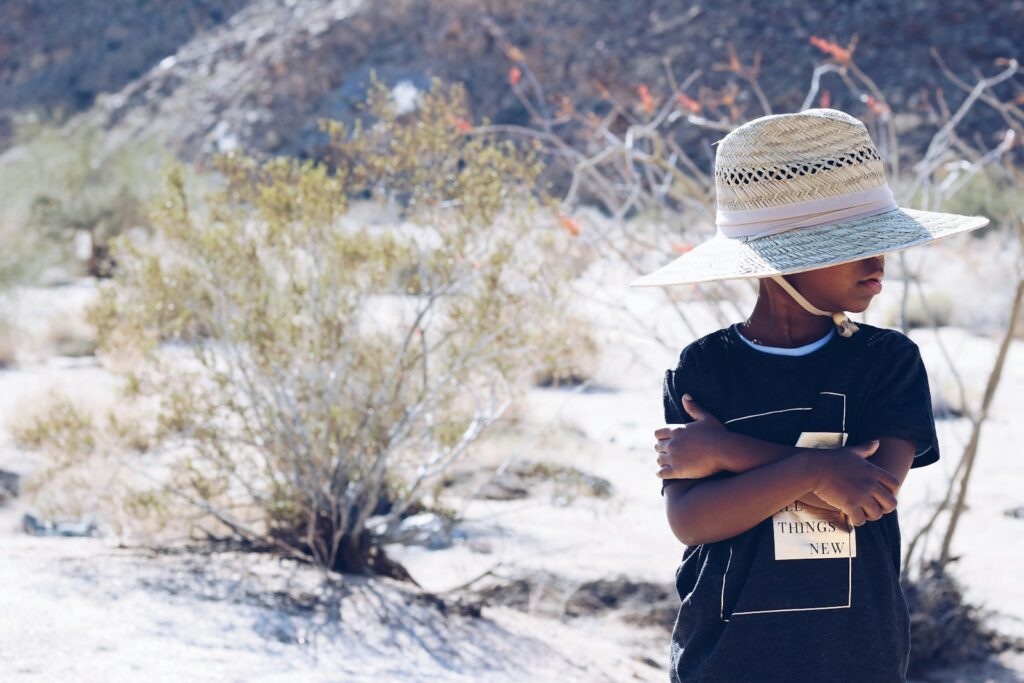
Beyond the basics of water and sun protection, several specialized items deserve space in any desert adventurer’s pack. A reliable GPS device or navigation app with offline maps is non-negotiable, as heat-induced disorientation can make navigation challenging even on well-marked trails. Emergency shelter options like ultralight tarps or emergency blankets provide crucial shade if you’re caught in the open during peak heat. Consider carrying a personal locator beacon for remote explorations, as cell service is notoriously unreliable in many desert regions. A comprehensive first aid kit should include rehydration salts, instant cold packs, and a rectal thermometer for accurate body temperature assessment if heat illness is suspected. Many experienced desert hikers also carry a spray bottle filled with water for quick cooling of the face, neck, and pulse points when temperatures become extreme.
Optimizing Vehicle Safety in Desert Parks
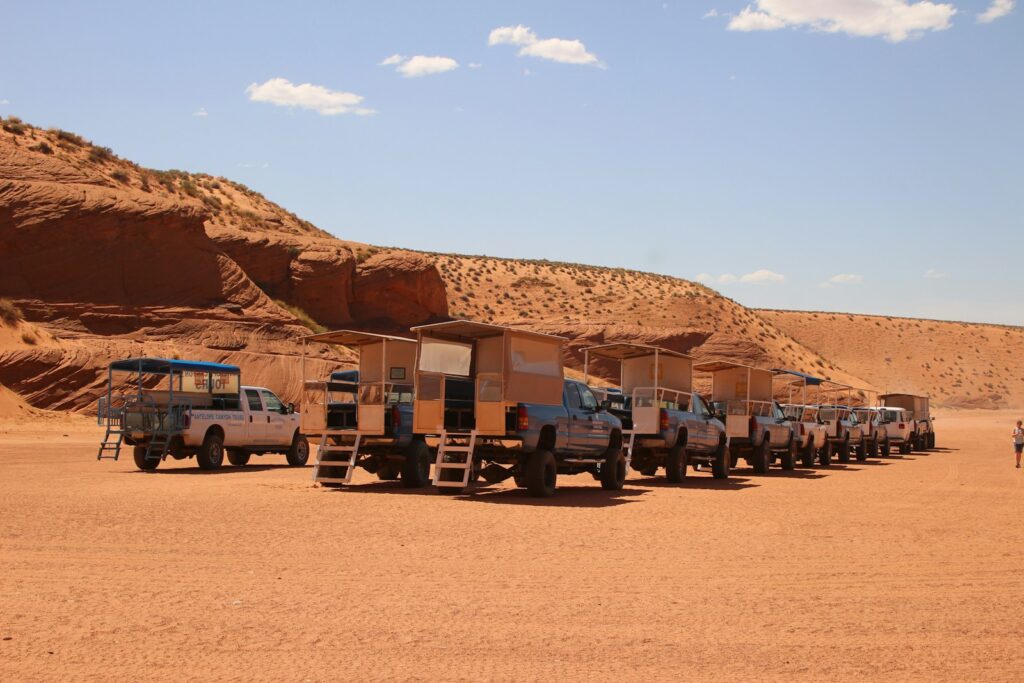
Your vehicle requires special consideration when venturing into desert parks, where mechanical failures can quickly escalate into dangerous situations. Before departure, check all fluid levels and tire conditions, including your spare tire, as heat accelerates wear on both components. Park in shade whenever possible, using a windshield sun reflector and cracking windows slightly to prevent interior temperatures from reaching the 160°F+ (71°C+) that’s common in enclosed vehicles under direct desert sun. Never rely exclusively on your vehicle’s air conditioning without a backup plan—carry additional water reserves in your car beyond what you’ll take on trails. Experienced desert travelers keep a “vehicle emergency kit” containing items like a small shovel, traction boards, extra coolant, and a battery-powered fan that can make a critical difference if mechanical issues arise in remote areas or extreme heat.
Desert Wildlife Safety Considerations
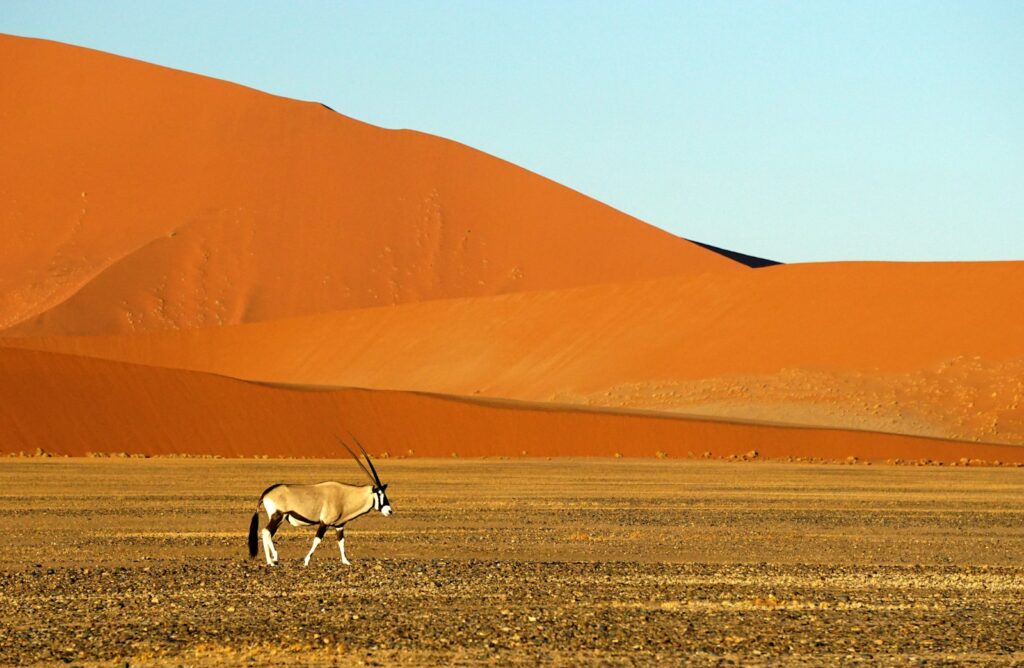
Desert animals have adapted to heat through behavioral patterns that human visitors would be wise to observe. Most desert creatures avoid activity during the hottest parts of the day, retreating to burrows, rock crevices, or shaded areas—a practice commonly referred to as “aestivation.” When exploring in morning or evening hours when wildlife is more active, maintain awareness that creatures like snakes, scorpions, and some lizard species may be seeking warmth on trails and rock surfaces. Always check inside shoes and gear left outside overnight, as these make attractive shelters for small desert creatures. Respect wildlife by keeping appropriate distances and never approaching animals that appear to be resting in shade—disrupting their cooling strategies creates unnecessary stress that can be harmful to their survival. Remember that in desert ecosystems, predator species often concentrate around water sources, making extra vigilance necessary when refilling water supplies at natural springs or waterholes.
Photography and Desert Heat Challenges
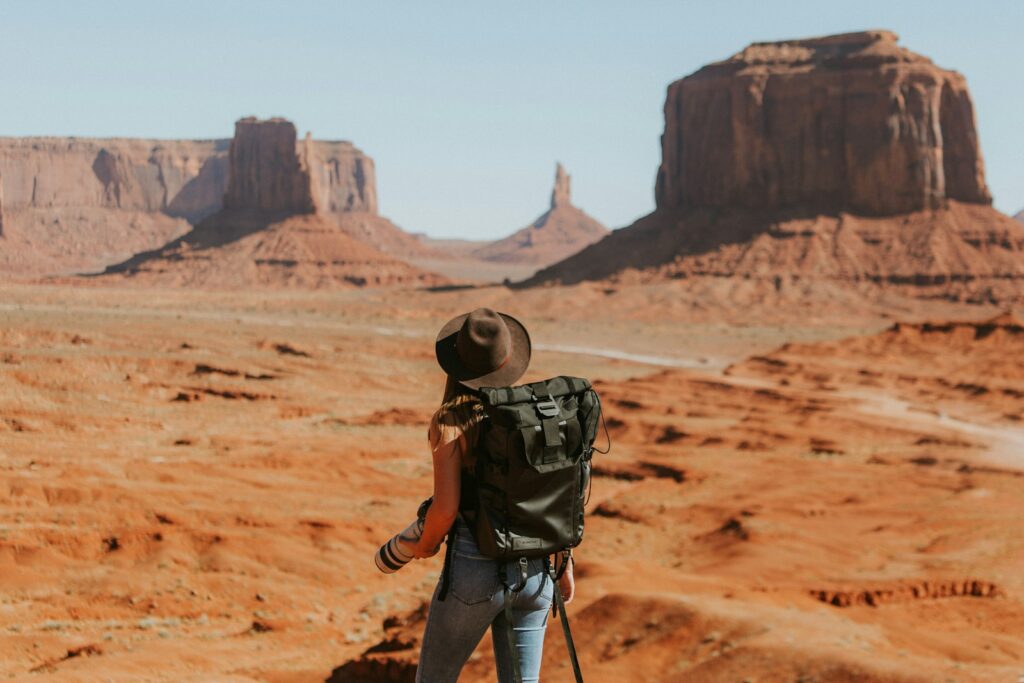
Capturing desert beauty presents unique challenges that extend beyond personal comfort to equipment considerations. Camera equipment is vulnerable to heat damage, with digital sensors and batteries particularly susceptible to malfunction when exposed to extreme temperatures. Professional desert photographers often utilize insulated camera bags and keep spare batteries in cooling pouches with reflective exteriors. From a creative perspective, the harsh midday light creates challenging contrast conditions that flatten desert landscapes photographically—another reason to concentrate your shooting during golden hour light at sunrise and sunset. When photographing in slot canyons or similar formations, be mindful that temperatures can vary dramatically between sun and shade, potentially fogging lenses if you move quickly between temperature zones. Most importantly, never risk your safety for a photograph—the most stunning desert images come from photographers who maintained the physical stamina to reach prime locations by managing their heat exposure wisely.
Desert Camping Temperature Management
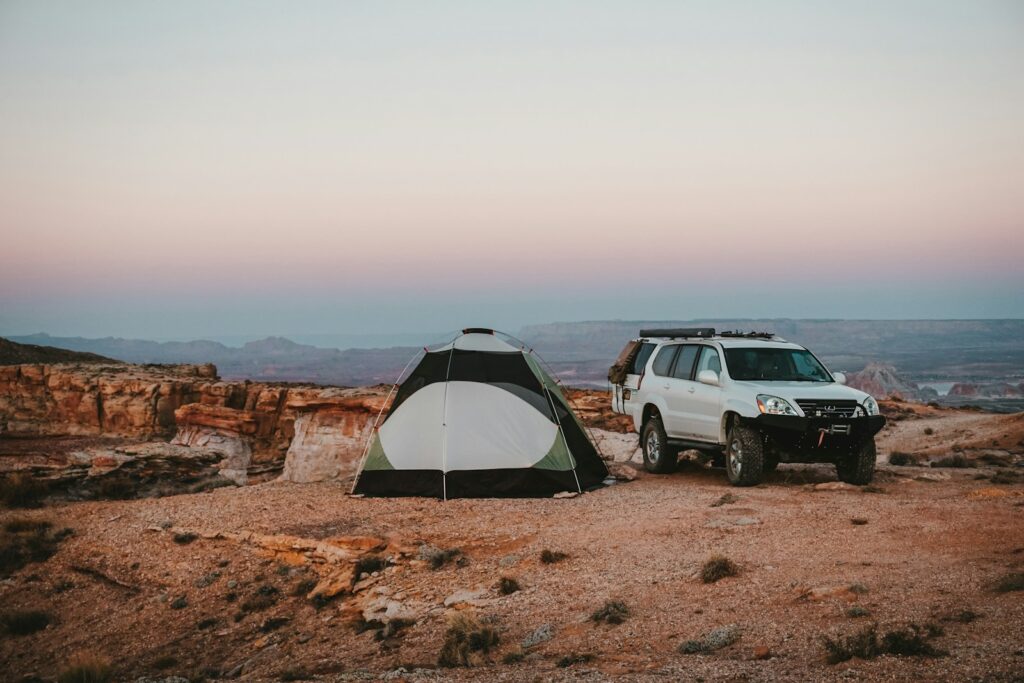
Overnight stays in desert environments require specialized approaches to ensure comfortable and safe sleep. For tent camping, prioritize locations with natural airflow and avoid depressions or dry washes where cooler air drains away. The ideal desert tent has extensive mesh panels and a rainfly that can be positioned for maximum ventilation while still providing UV protection during daylight hours. Many desert campers employ the “cowboy camping” approach, sleeping on a groundsheet under the stars to maximize cooling, though this requires careful site selection to avoid wildlife encounters. Before sleeping, consider the “desert bed fan” technique—filling a water bottle with cool water and placing it at the foot of your sleeping bag to create a cooling effect throughout the night. For vehicle campers, roof-top tents generally offer superior ventilation compared to sleeping inside vehicles, where temperatures remain elevated for hours after sunset.
Cultural Wisdom and Indigenous Approaches to Desert Heat
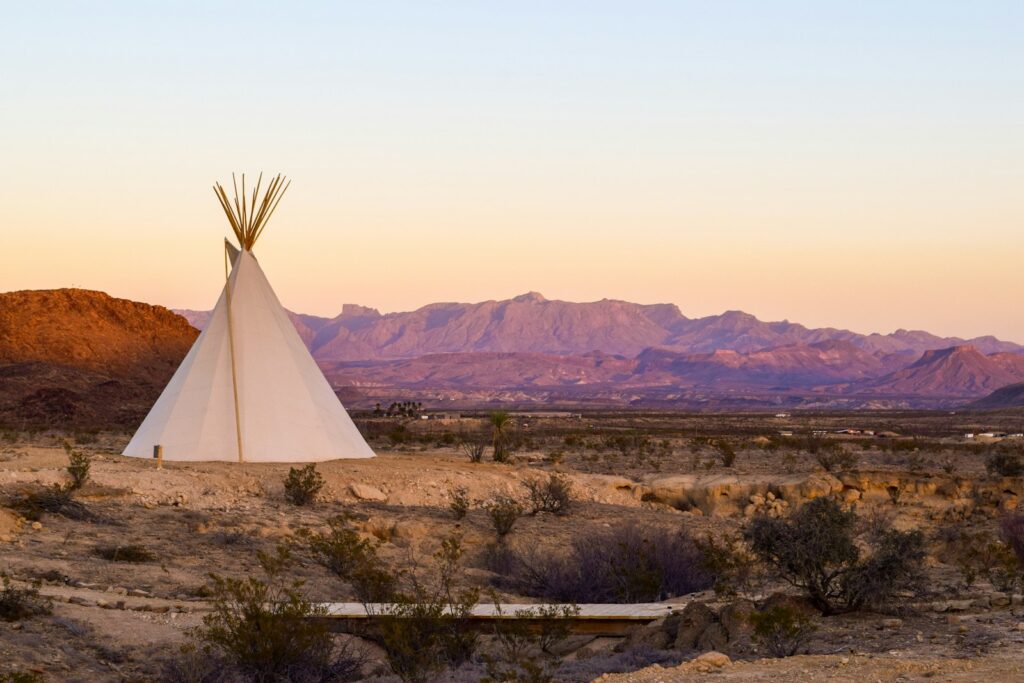
Indigenous peoples have thrived in desert regions for thousands of years, developing sophisticated heat management practices that modern visitors can respectfully learn from. Many Native American groups traditionally practiced “polyphasic sleep” during hot seasons, dividing rest periods into multiple shorter segments throughout the 24-hour cycle to avoid extended sleep during the hottest hours. Traditional desert diets emphasize foods with high water content like cactus fruit, melons, and succulents that provide hydration along with nutrition. The ancient practice of creating “cool microclimates” through strategic positioning of shelters demonstrates profound environmental understanding that modern campers can adapt. Perhaps most importantly, indigenous approaches to desert travel involve deep respect for the environment’s rhythms, working with natural cycles rather than imposing external schedules on desert exploration. By incorporating these time-tested practices into modern adventure planning, visitors can experience desert parks more safely and authentically.
Conclusion
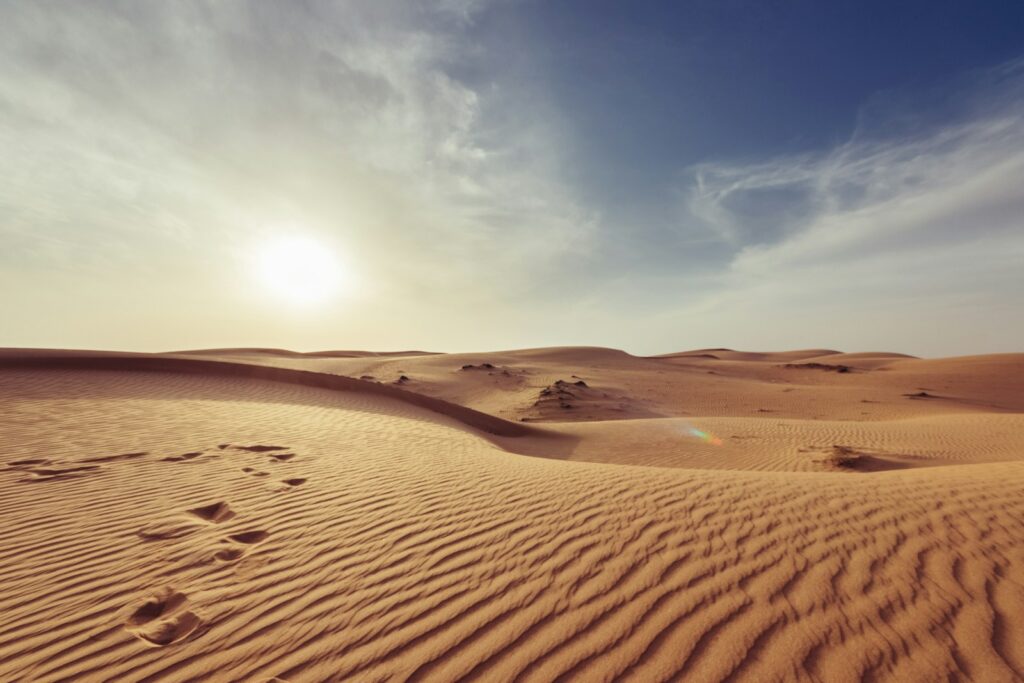
Desert parks offer some of Earth’s most spectacular and spiritually moving landscapes, but they demand respect and preparation unlike any other environment. By understanding the unique challenges of desert heat, planning strategically, equipping yourself properly, and remaining vigilant about your body’s signals, you can safely immerse yourself in these extraordinary ecosystems. The desert’s harsh beauty has shaped human experience for millennia, teaching valuable lessons about adaptation, resilience, and respect for natural forces. Whether you’re watching the sunrise paint rainbow colors across the Painted Desert or standing beneath the towering saguaros of Sonoran landscapes, the rewards of properly managed desert exploration create memories that will last a lifetime—all while returning home healthy and inspired.

